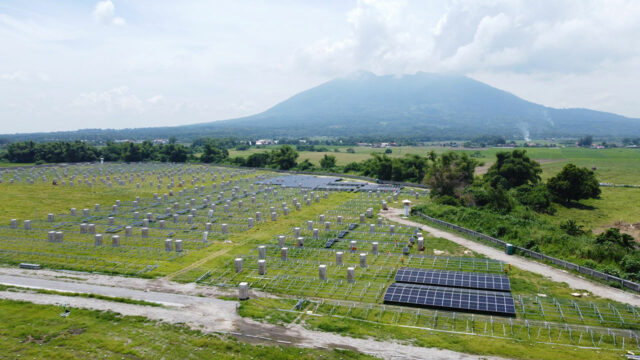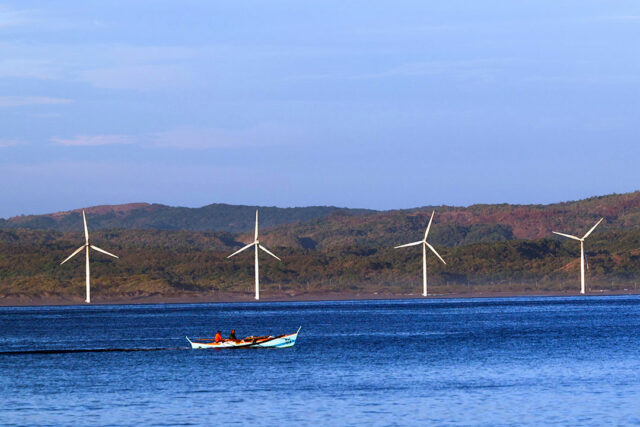(First of two parts)
Enhancing national competitiveness and social equity through experiential education is recognized in the Philippines by the Second Congressional Commission on Education (EDCOM 2), the body tasked with examining the foundational reforms needed by the country’s entire training system – formal, informal, or non-formal.
Experiential or real-life learning (LL) — as in structured internship — is a good start. It is being championed by the Management Association of the Philippines (MAP) through tighter academic-industry coordination.
It covers areas including good teacher preparation for basic education levels suffused with practical economic activities at the regions, provinces, cities, and towns, all the way to science, technology, engineering, and mathematics (STEM)-oriented general education in higher education with actual workplace experience.
WHY LLL MATTERS MORE
But it is lifelong learning (LLL) that matters even more for industries of the future. Every productive participant in the economy needs LLL — teachers, students, industry planners, and government leaders.
In late January, EDCOM 2 released a Senate Bill on an LLL development framework. It needs greater attention among all these stakeholders as LLL covers the entire gamut of training “from cradle to grave.”
Policy pronouncements on LLL have been ineffectively integrated despite a national qualifications framework of formal education systems recognized in the Bill (e.g., to regulate who can teach at what level of schooling); in fact, the title of the bill refers to “The Lifelong Learning Development Framework (LLDF) Act.”
This has been worsened by the late recognition in the Philippines of LLL for national development, compared to its neighbors in the Asia-Pacific region. These include:
• Structured internships which will entice the formation of corporate universities, among others, to bridge classroom learning in fast-moving allied courses in artificial intelligence (AI) to their applications in different challenges met by our economic sectors.
• Program-based faculty, student, and corporate management internships for long-term plans of specific firms or organizations that will attract a planning perspective in course design, collaboration among supply chain providers, and policy reforms in data-driven reports of outsiders engaged in research prior to use of professional consultants. These are called functional analysts who can jumpstart their interest in AI applications through structured internships.
LLL IN 21ST CENTURY INDUSTRIES
For LLL in new industries that need AI for increased productivity and social engagement through Environment, Social, and Governance (ESG) reporting, here are some examples from AI Chat:
AGRICULTURE: a.) Precision farming: analyze soil conditions, crop health, weather patterns, for optimal timing of planting and resource use leading to sustainable practices; b.) Pest detection: with computer vision, early detection of pests and diseases in crops enable farmers to take corrective actions and increase yields.
EDUCATION: a.) Personalized Learning Systems: create student-tailored adaptive learning systems for better engagement and outcomes; b.) Grading automation: natural language processing can assess student writing assignments so the teacher can focus on more complex aspects of teaching.
FINANCE: a.) Fraud detection: analyze transactional patterns and identify anomalous examples in real time; b.) credit scoring: assess credit worthiness of borrowers more comprehensively by looking at alternative data sources.
GOVERNMENT AND PUBLIC SERVICES: a.) Smart City initiatives: optimize services in traffic management based on real-time data to reduce congestion; b.) Resource allocation: analyze population data and service utilization patterns.
HEALTHCARE: a.) Predictive analytics can identify patient outcomes based on historical data, e.g., identifying patients at risk for readmission and offering intervention strategies; b.) AI in diagnostics can engage in deep learning to assist radiologists in analyzing medical images, e.g. more accurate detection of tumors in mammograms or lung scans.
MANUFACTURING: a.) Predictive maintenance: monitor equipment in real time to predict failures, minimize downtime and maintenance costs; b.) Quality control: product inspection in the manufacturing lines to improve quality assurance processes.
RETAIL: a.) Personalized engines: analyze customer behavior and preferences and personalize marketing strategies and product recommendations; b.) Inventory management: forecast demand, optimize inventory levels, reduce overhead costs, and enhance supply chain efficiency.
TRANSPORTATION AND LOGISTICS: a.) Routing optimization: delivery routes can be improved by analysis of traffic patterns, weather conditions, etc.; b.) Autonomous vehicles: machine learning algorithms enable self-driving technology (now available even for public transport in some countries).
All of these can be part of LLL for older graduates whose learning can be upskilled by LL in corporate universities and through structured internships that the current Senate Bill should recognize.
NAT’L CONFERENCE ON LL, LLL LEGISLATION
At least two national best practices in academic-industry collaboration will be featured at the April 10-11 MAP Conference/Workshop on “Building a Stronger Workforce through Structured Internship and Lifelong Learning Legislation.” These are:
1. Asia Pacific College, co-founded in 1991 by IBM and SM Foundation as a non-profit joint venture focused on computing and IT, and now in consortium with the National University (NU), it has expanded to architecture, engineering, management, multimedia arts, and graduate and professional schools.
Around the start of the new millennium, there were only 155 R&D scientists and engineers in the Philippines per 1 million population, which was less than half of the UN target of 380 for less developed countries. This was among the lowest in the ASEAN.
In the early 2000s, the college was recognized by the Employers Confederation of the Philippines (ECOP), the Ayala Foundation, and ILO as among those exemplars in the Philippines demanding that its students and workforce prepare for globalization with strong IT skills. (Macaranas, Lifelong Learning in the Philippines: International Labor Organization [ILO], October 2007).
2. Batangas State University (the National Engineering University of the Philippines). Republic Act 11694 (April 11, 2022) has an internship system that is centered in its technology park serving the needs of the export processing zone locators in the Southern Luzon area. Its Structured Internship (SI) starts with offering micro-credentials designed to meet real industry needs co-designed by locators and the faculty.
The university earned its National Engineering University status as the only state university in the Philippines with three engineering programs (electronics, electrical, mechanical) accredited by the US-based Accreditation Board for Engineering and Technology (ABET), and the greatest number of ASEAN Engineers across Philippine HEIs.
In Part 2 of this piece, the “what” and “how” aspects of SI and LLL Legislation will be expounded further, to support the “why” discussed above.
(To be continued.)
Federico “Poch” M. Macaranas, PhD is the chair of the Education Committee of the Management Association of the Philippines. He is also a board member of Bayan Innovation Group, Inc. and St. Paul University Philippines.
map@map.org.ph
fmmacaranas@gmail.com















